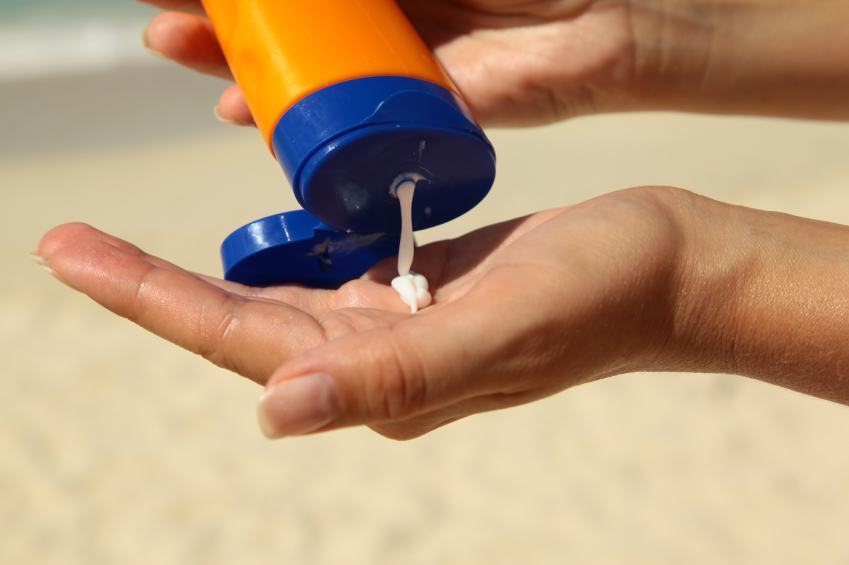Now that we are in full swing of summer, sunscreens are always a great topic to revisit! There are two types of sunscreens:
- Chemical sunscreens which work by absorbing the UV rays
- Mineral sunscreens which actually form a physical barrier blocking UV rays from penetrating the skin.
While both have their pros and cons there are some ingredients you want to be aware of when you grab your next sunscreen bottle. READ ON…
Chemical sunscreen products are more popular because they absorb easily into the skin and work well under makeup. Mineral sunscreens are thicker and may leave a white cast on the skin although these are now coming in some tinted options.
Our skin is a biggest organ and what we put on it can get absorbed into our bodies so let’s dive into some reasons why chemicals are of concern.
- Hormone disruption chemicals. Any chemical that works on blocking hormones or acting like a hormone (called Xenoestrogen) are potentially harmful. Ingredients like oxybenzone, octinoxate and avobenzene are examples.
- Irritation to the skin (contact dermatitis). This is an allergic reaction and symptoms include itchy rash, redness, blisters, swelling to name a few. If you have sensitive skin. You may want to watch out for these ingredients:
- Octyl Methoxycinnamate or other Cinnamate derivatives
- Benzophenone including benzyl benzene, phenyl ketone
- Avobenzone
- Just like any perfume you may have an allergic reaction but in addition to this potential issue there is something called photo-toxic reactions meaning the reaction occurs when exposed to sun!
When deciding on skin care products my go to place for more information is EWG.org! Here is the link that does a deep dive into why these specific ingredients are of concern as well as some other ingredients that are potentially an issue.
These are the top ingredients to watch out for:
- Oxybenzone
- Octinoxate or octyl methoxycinnamate
- Octocrylene: this has been proposed by the European Commission to not be safe at the concentrations currently used.
- Avobenzone
- Homosolate: this has been proposed by the European Commission to not be safe at the concentrations currently used.
- Titanium dioxide and zinc oxide. These seem to be more of a problem in a spray solution due to inhalation concerns related to the particle sizes of these ingredients.
To your Health,
Laura









